
Photographer Joana Choumali’s latest project explores body image and beauty by documenting the men building Abidjan’s clothing models. The “Awoulaba” mannequin is a customised model designed with the African ideal of beauty in mind, curvier than the stick-thin examples usually seen in the west. They first appeared in 2011, and have since become a familiar sight outside the numerous clothing shops dotted throughout Ivory Coast’s capital, Abidjan. Here: Freshly painted mannequins dry under the sun at Mr Sidibé’s workshop in Deux plateaux, Abidjan. (Photo by Joana Choumali)
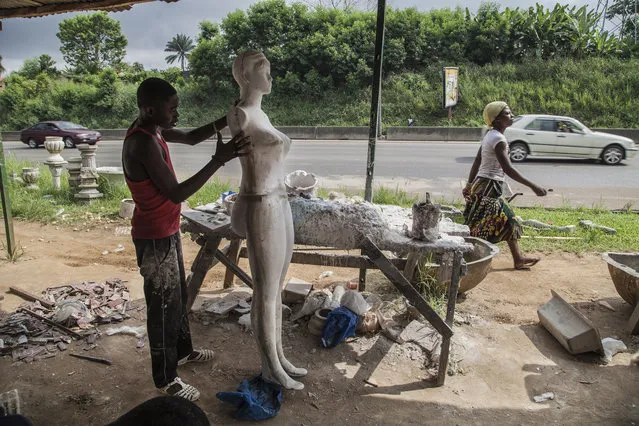
In Ivorian popular culture, Awoulabas are beautiful women with large breasts and, above all, big buttocks. Here: An apprentice polishes a mannequin. Each one usually takes a week to complete. (Photo by Joana Choumali)
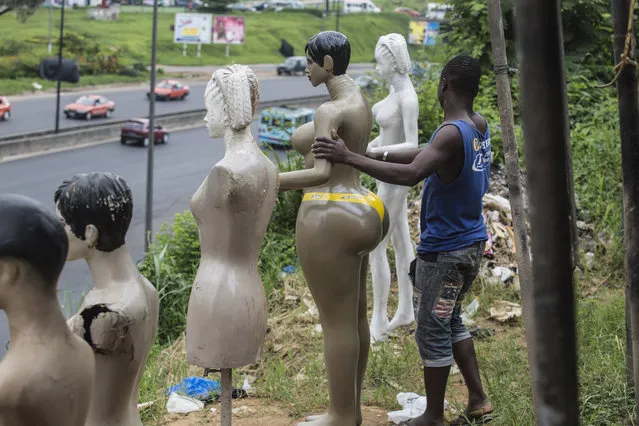
A curvy woman is considered prosperous, healthy and sеxy in Ivory Coast, photographer Joana Choumali explains. Here: An apprentice lines up his work on a roadside. (Photo by Joana Choumali)
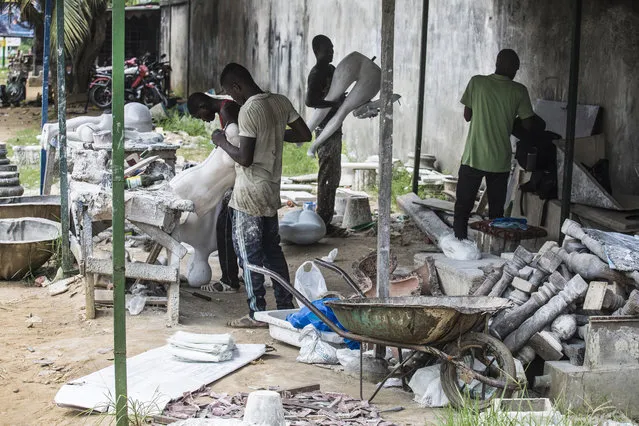
Intrigued by the proliferation of ‘white Awoulaba’ mannequins posing outside clothes markets throughout the capital, Choumali began documenting several of Abidjan’s local manufacturers. She wanted to understand the production process and what the final products said about differing ideals of beauty. Here: Mr Sidibé’s workshop, Deuc plateaux, Abidjan. (Photo by Joana Choumali)
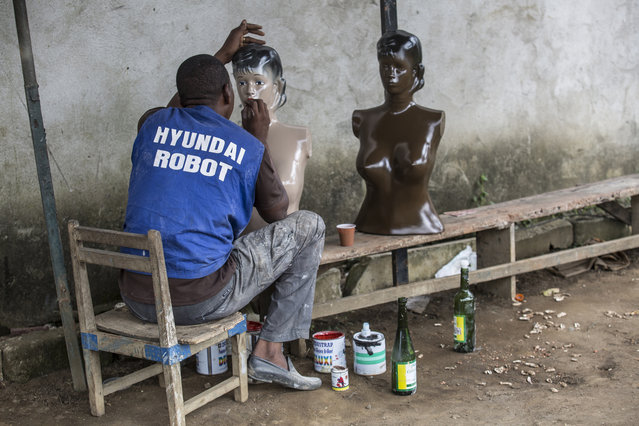
In order to witness the whole process Choumali ordered several mannequins and asked to document their production. The models are handmade from polyester and oil paint, with each designed and coloured according to client requests. The make-up of each is also carefully hand-painted. Here: Mr Sidibé works on the faces of his mannequins. (Photo by Joana Choumali)
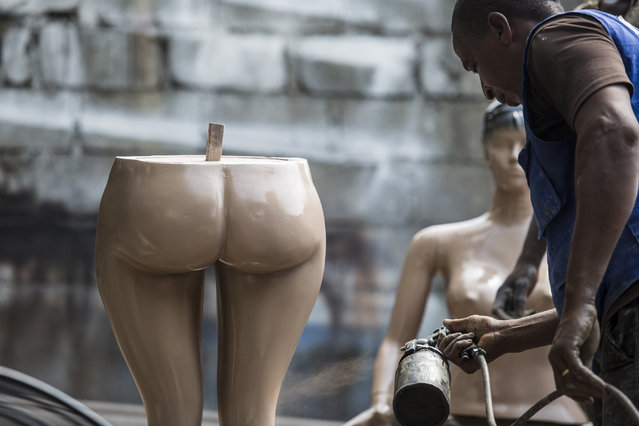
The manufacturers are independent and work in informal street shops by the roads of Abidjan. Many began by moulding cement or plastic plant pots but as an influx of cheap clothing has come into the city, the demand for mannequins has increased. Here: An Awoulaba mannequin being sprayed. (Photo by Joana Choumali)
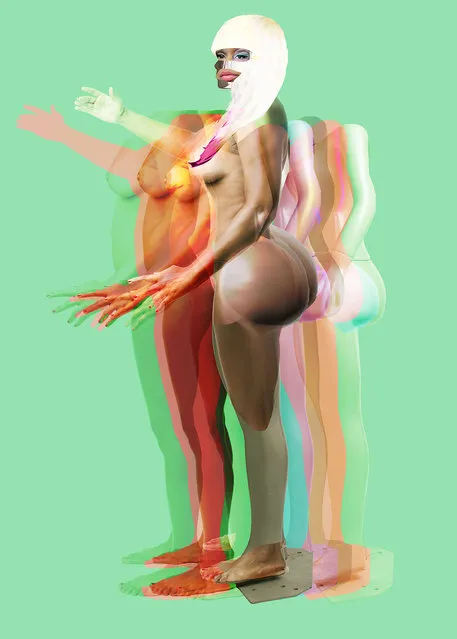
Choumali found documenting the mannequin makers opened up many more questions about female identity in west Africa, which led her to experiment with a series of conceptual images. She decided to superimpose images of real women onto the idealised shapes of the mannequins, exposing the gaps in reality and expectation. With these hybrid forms, the photographer says she aimed to question the contradictory notion of femininity, beauty and body image in contemporary Africa. Choumali’s series, Awoulaba/Taille Fine, will be exhibited at the LagosPhoto festival in Abuja, Nigeria until 23 November. (Photo by Joana Choumali)
06 Jun 2016 11:05:00,
post received
0 comments
